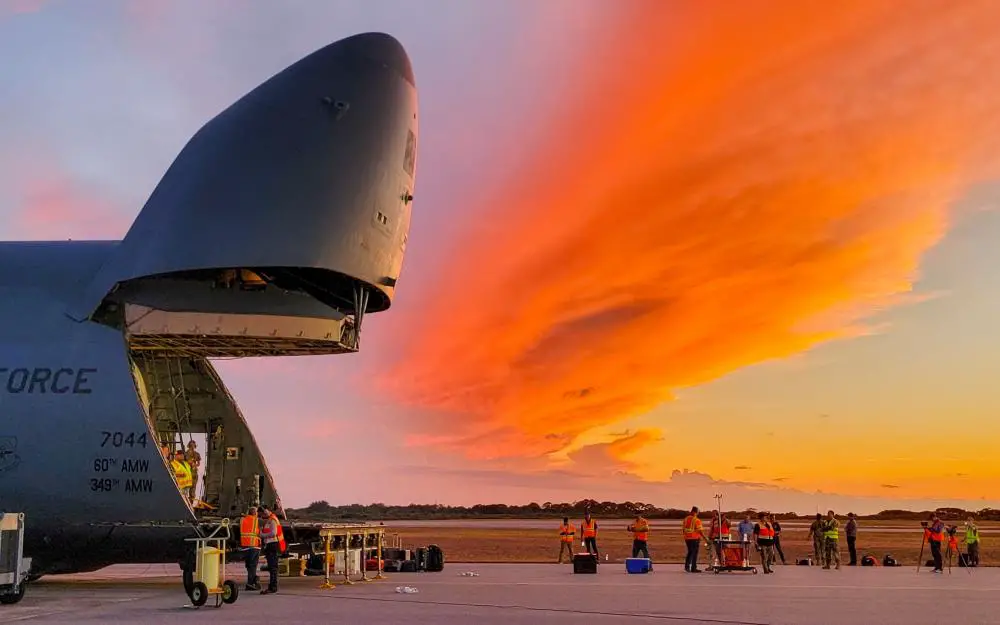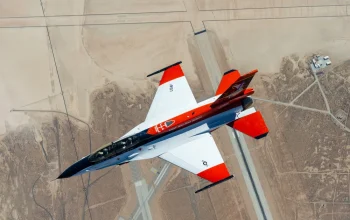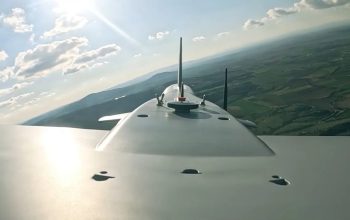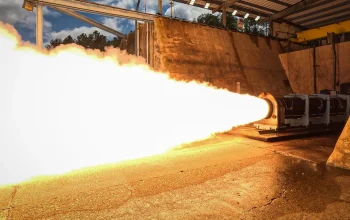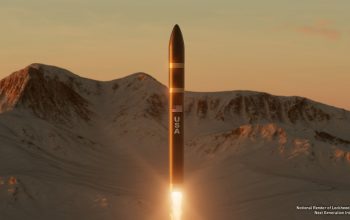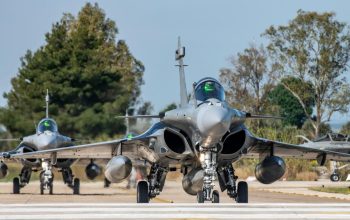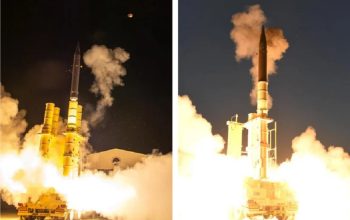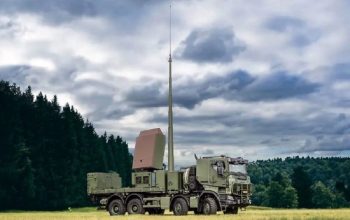Ten Airmen from the 22nd Airlift Squadron at Travis Air Force Base, California, supported a joint force mission via C-5M Super Galaxy, aiding in the delivery of the sixth Geosynchronous Earth Orbit Space Based Infrared System satellite (SBIRS GEO-6) satellite to Cape Canaveral, Florida, June 2, 2022. The satellite is tentatively launching Aug. 2022, according to United Launch Alliance, LLC. SBIRS is a high-priority, U.S. Space Force program that provides worldwide missile warning, missile defense, battlespace awareness and technical intelligence capabilities for the U.S. military and consists of a constellation of satellites in both Geosynchronous Earth Orbit and Highly Elliptical Orbit. The satellite and support equipment weighed more than 145,000 pounds with an approximate cost of $2.1 billion dollars.
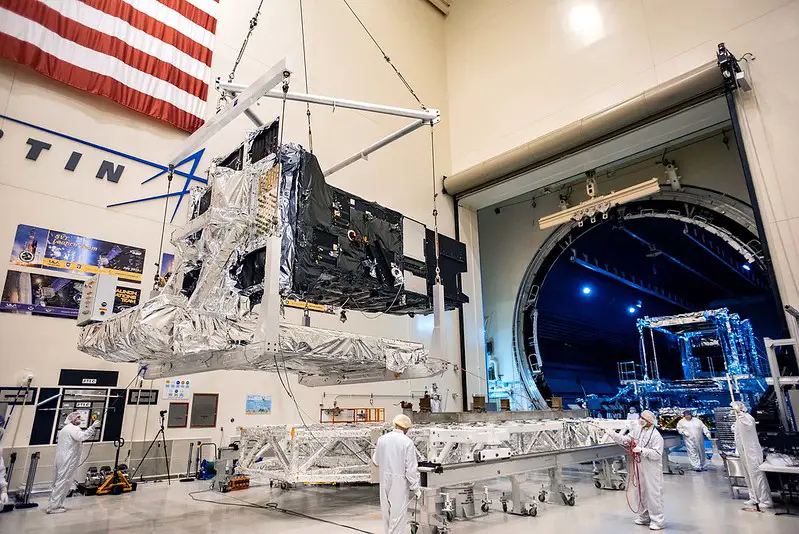
“We on-loaded the satellite in its specialized container with its support equipment at Moffett Federal Airfield, California, and delivered it to Cape Canaveral, Florida, for its eventual launch. Our crews are trained to provide the specialized support required to accomplish this mission. The loadmasters have very stringent tolerances when loading and unloading, and can take 8-12 hours to load the cargo. The flight engineers must adhere to strict pressurization and temperature limits during flight. The pilots must be able to fly a very smooth aircraft, with extremely tight landing tolerances to ensure the satellite is not damaged. Arriving, and meeting some of the people involved with the program is a great feeling,” said U.S. Air Force Capt. Justin L. Wilson, 22nd AS C-5 evaluator pilot, led the mission.
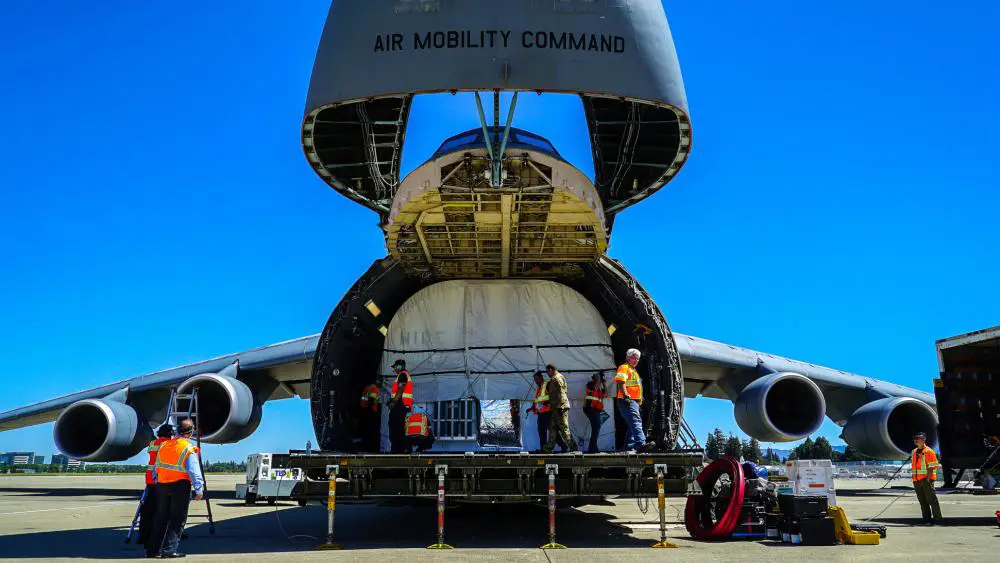
Lockheed Martin’s sixth Space Based Infrared System Geosynchronous Earth Orbit (SBIRS GEO-6) missile warning satellite is the second military space satellite built on Lockheed Martin’s modernized LM2100 Combat Bus™ — an enhanced space vehicle that provides even greater resiliency and cyber-hardening against growing threats. SBIRS is a high-priority U.S. Space Force program that provides worldwide Missile Warning, Missile Defense, Battlespace Awareness, and Technical Intelligence capabilities for the U.S. military and consists of a constellation of satellites in both GEO and Highly Elliptical Orbit (HEO). The newest SBIRS satellites, GEO-5 and GEO-6, are based upon Lockheed Martin Space’s modernized LM 2100 spacecraft – an update that improves overall system production, affordability, and resiliency to provide overhead persistent infrared capabilities to U.S. warfighters and allies.
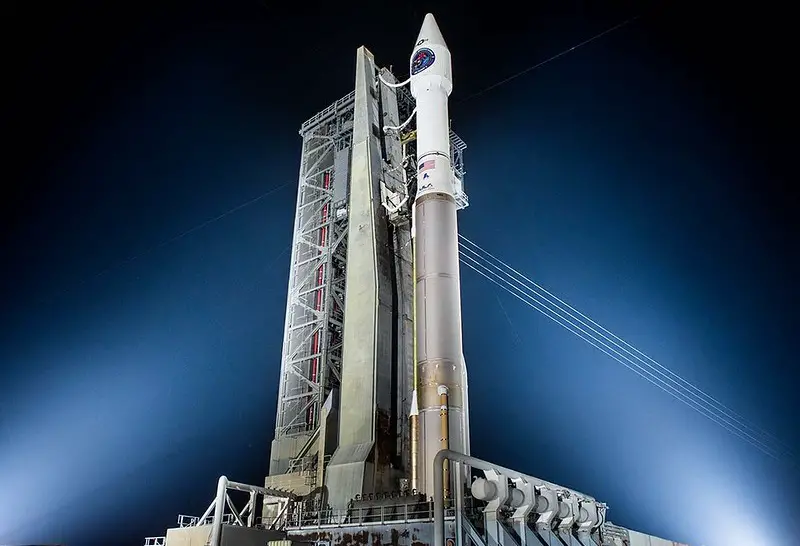
The 22nd Airlift Squadron is part of the 60th Air Mobility Wing at Travis Air Force Base, California. It operates C-5M Super Galaxy aircraft supporting the United States Air Force global reach mission worldwide. The mission is to provide services and support which promote quality of life and project global power through combat-proven airlift and airdrop. The Lockheed C-5 Galaxy is a large military transport aircraft designed and built by Lockheed (now Lockheed Martin). It provides the US Air Force with a heavy intercontinental-range strategic airlift capability, one that can carry outsized and oversized loads, including all air-certifiable cargo. The Galaxy has many similarities to the smaller Lockheed C-141 Starlifter and the later Boeing C-17 Globemaster III. The C-5 is among the largest military aircraft in the world. The C-5M Super Galaxy is an upgraded version with new engines and modernized avionics designed to extend its service life to 2040 and beyond.
